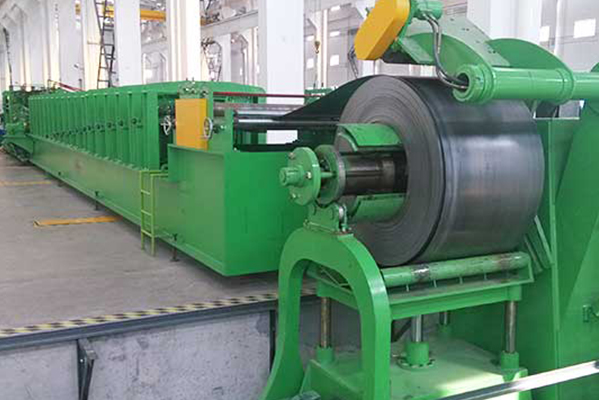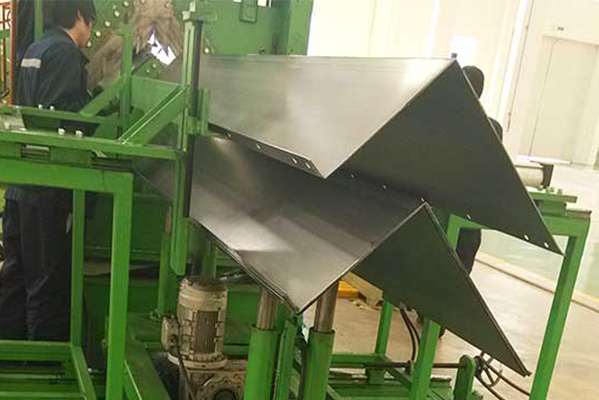Navigation Menu
Contact Us
- Email:
- info@wxavatar.com
- Address:
- Yurong Village, Yuqi Street, Huishan District, Wuxi, China.
Release Date:May 29, 2025 Visit:73 Source:Roll Forming Machine Factory
In modern manufacturing, efficiency and precision are crucial for maintaining competitive production lines. The L plate roll forming machine is a specialized piece of equipment designed to enhance productivity in metal fabrication. This article explores how this machine improves production efficiency while maintaining high-quality output.

1. Continuous and Automated Operation
Unlike traditional bending methods that require manual adjustments, an L plate roll forming machine operates continuously, reducing downtime between processes. The automated feeding, shaping, and cutting mechanisms allow for seamless production, minimizing human intervention and increasing throughput.
2. High-Speed Production Capability
The machine is engineered to work at consistent speeds, producing L-shaped metal plates rapidly without compromising accuracy. This high-speed operation ensures that large batches can be completed in shorter time frames compared to manual or semi-automated methods.
3. Precision and Consistency in Output
With advanced control systems, the L plate roll forming machine ensures uniform dimensions and angles for every piece. This eliminates variations caused by human error, reducing material waste and the need for rework. Consistent quality also means fewer defects in the final product.
4. Reduced Labor Dependency
Since the machine automates most of the forming process, fewer operators are needed to oversee production. This lowers labor costs and allows workers to focus on quality control and machine maintenance rather than repetitive manual tasks.
5. Flexibility in Material and Design
The L plate roll forming machine can handle various metals, including steel, aluminum, and stainless steel, with adjustable settings for different thicknesses. This versatility allows manufacturers to switch between different product specifications without extensive retooling, improving overall workflow efficiency.
6. Minimal Maintenance Requirements
Designed for durability, these machines require only routine maintenance to ensure long-term performance. Reduced breakdowns and smooth operation contribute to uninterrupted production cycles, maximizing output over time.

Conclusion
The L plate roll forming machine significantly enhances production efficiency through automation, speed, precision, and flexibility. By integrating this machine into manufacturing processes, businesses can achieve higher output rates, lower operational costs, and consistent product quality. Investing in such technology helps streamline metal fabrication workflows while maintaining competitive production standards.
By optimizing these key factors, manufacturers can leverage the benefits of an L plate roll forming machine to improve their overall productivity and meet industry demands effectively.